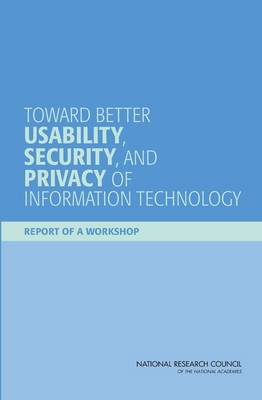Despite many advances, security and privacy often remain too complex for individuals or enterprises to manage effectively or to use conveniently. Security is hard for users, administrators, and developers to understand, making it all too easy to use, configure, or operate systems in ways that are inadvertently insecure. Moreover, security and privacy technologies originally were developed in a context in which system administrators had primary responsibility for security and privacy protections and in which the users tended to be sophisticated. Today, the user base is much wider--including the vast majority of employees in many organizations and a large fraction of households--but the basic models for security and privacy are essentially unchanged. Security features can be clumsy and awkward to use and can present significant obstacles to getting work done. As a result, cybersecurity measures are all too often disabled or bypassed by the users they are intended to protect. Similarly, when security gets in the way of functionality, designers and administrators deemphasize it.
The result is that end users often engage in actions, knowingly or unknowingly, that compromise the security of computer systems or contribute to the unwanted release of personal or other confidential information. Toward Better Usability, Security, and Privacy of Information Technology discusses computer system security and privacy, their relationship to usability, and research at their intersection.
- ISBN10 0309160901
- ISBN13 9780309160902
- Publish Date 7 November 2010 (first published 1 January 2010)
- Publish Status Active
- Publish Country US
- Imprint National Academies Press
- Format Paperback
- Pages 70
- Language English
